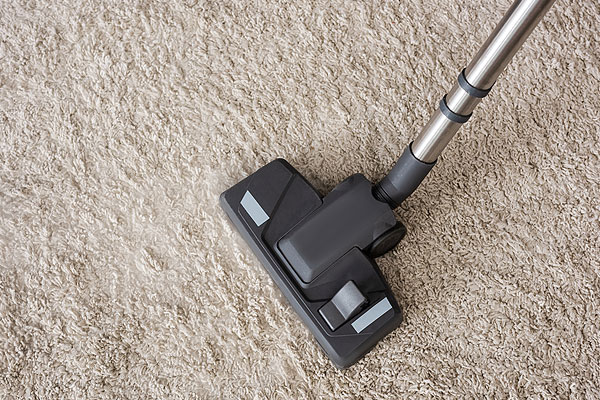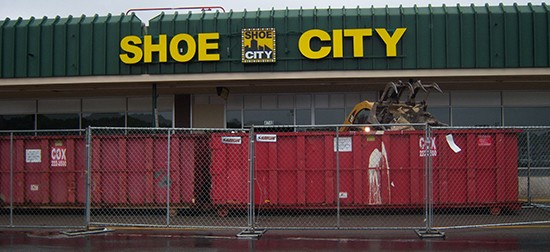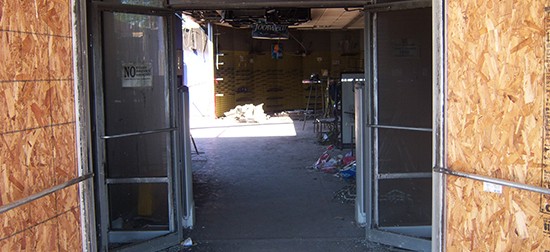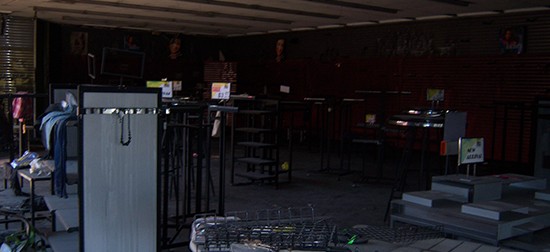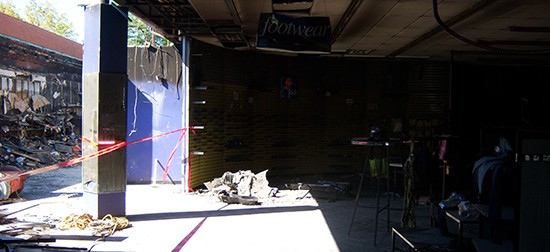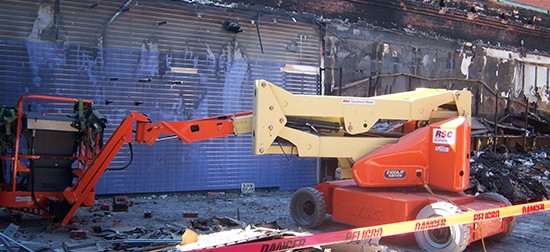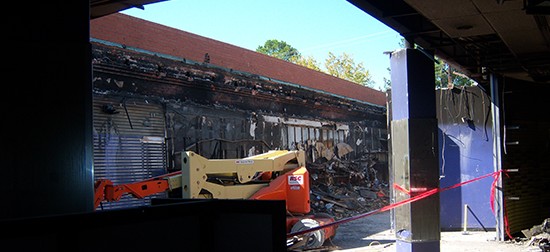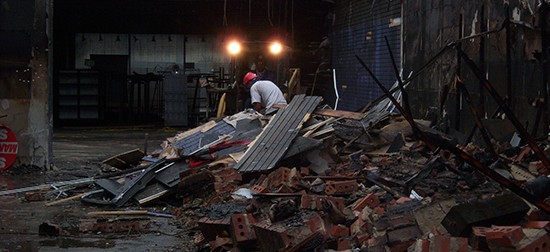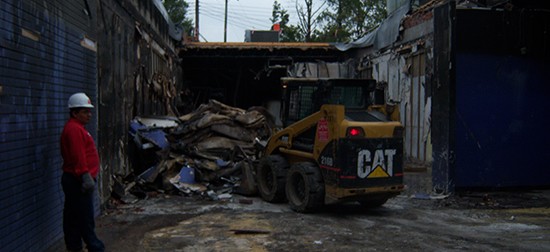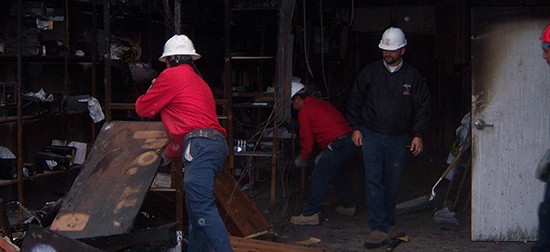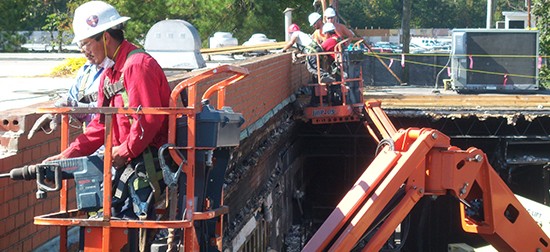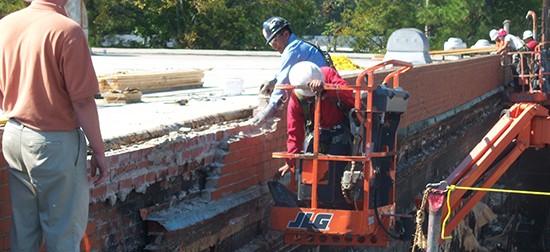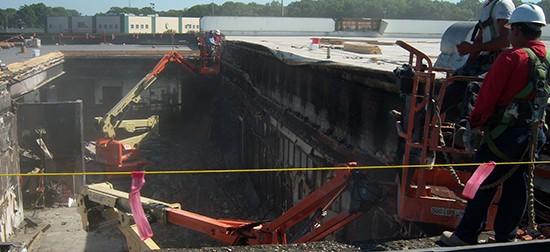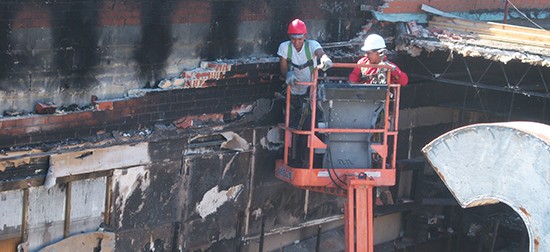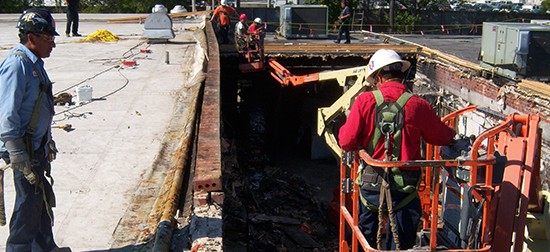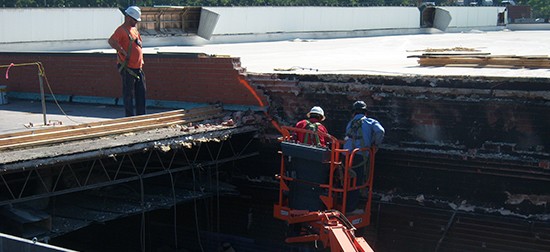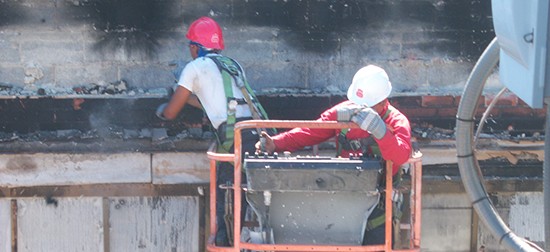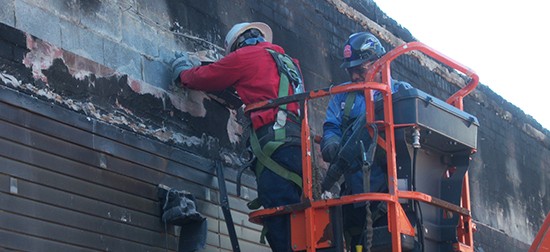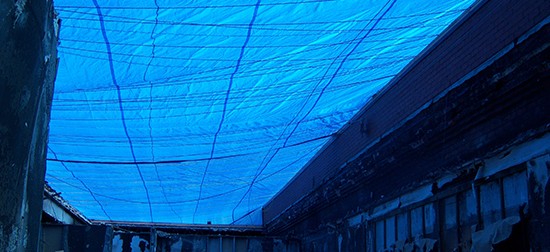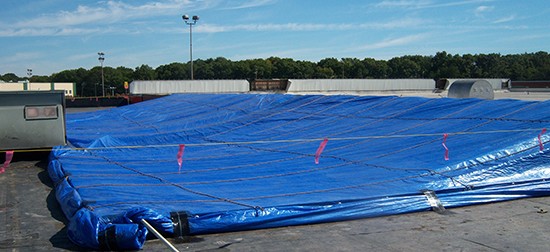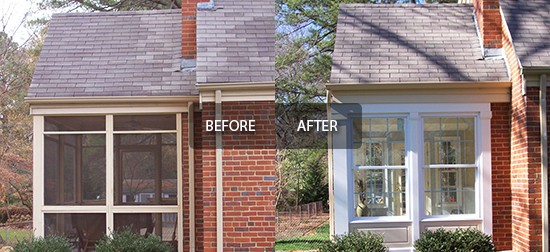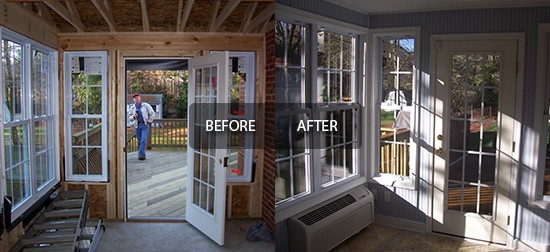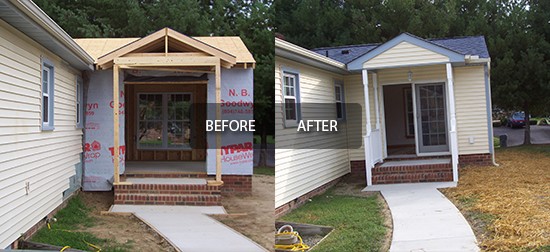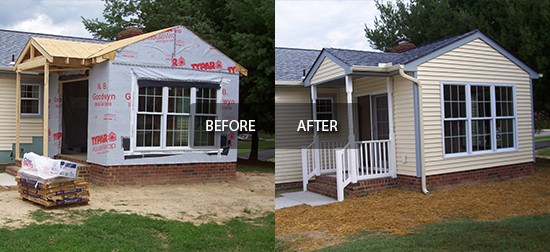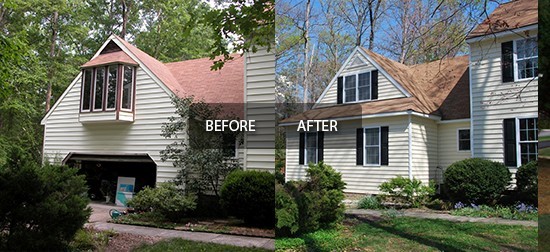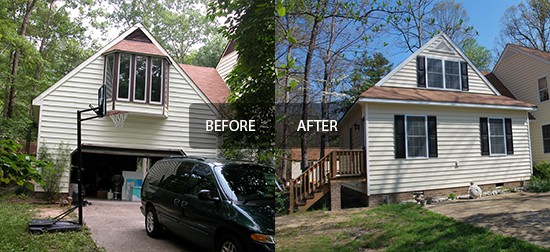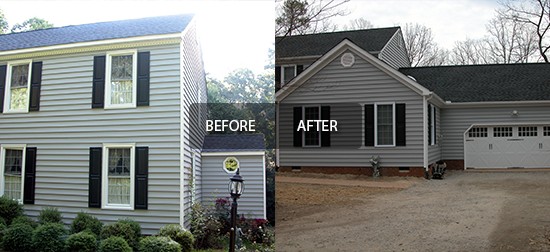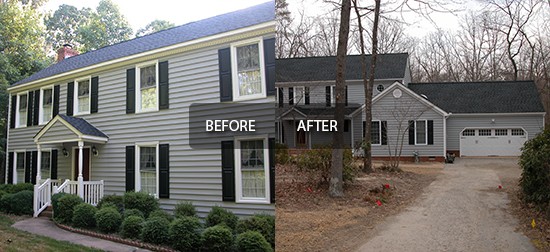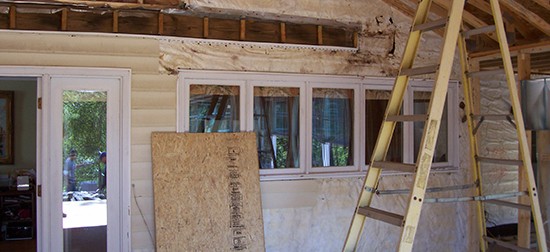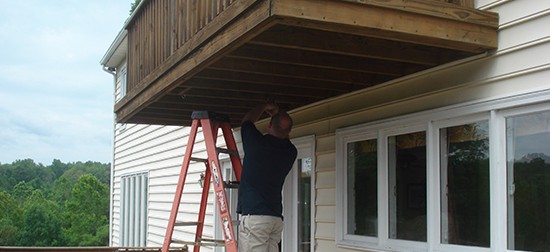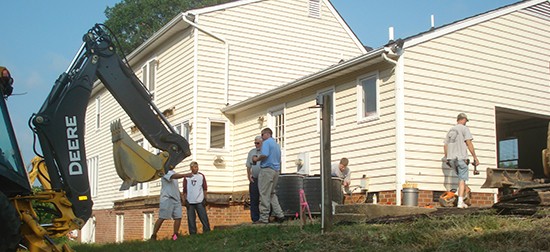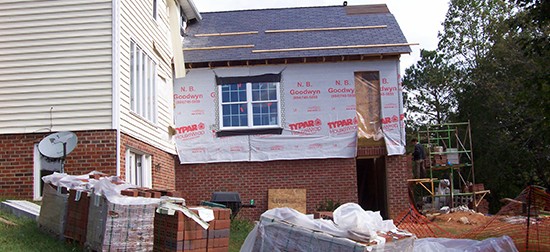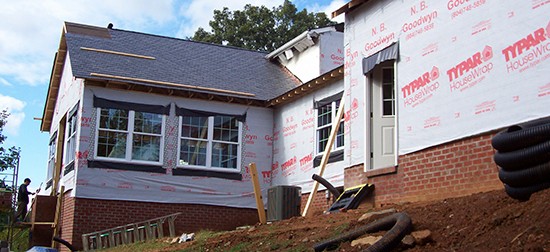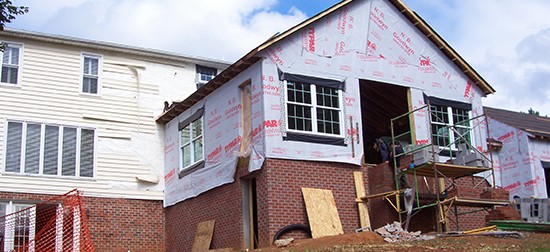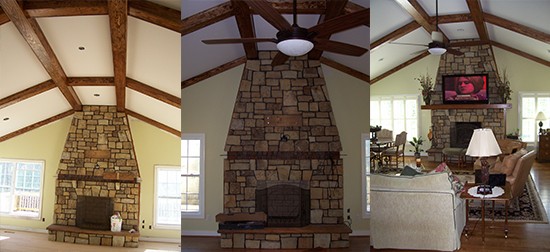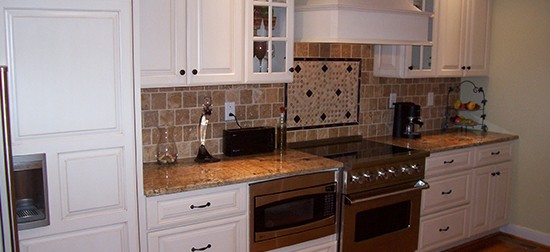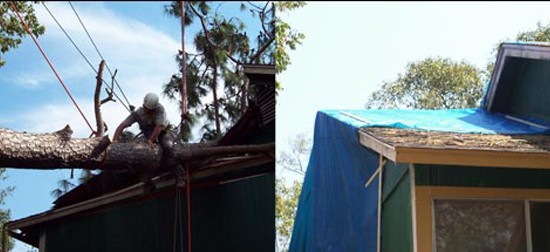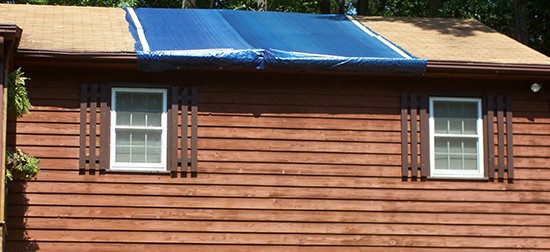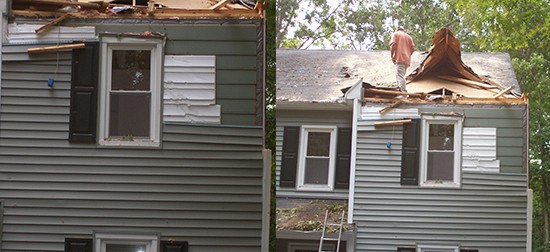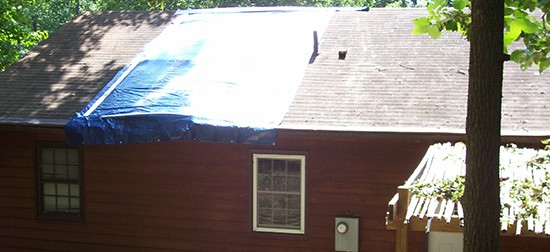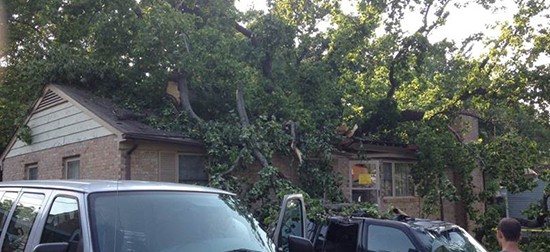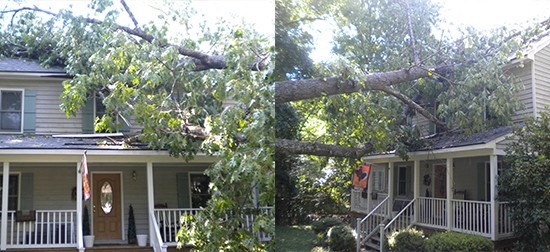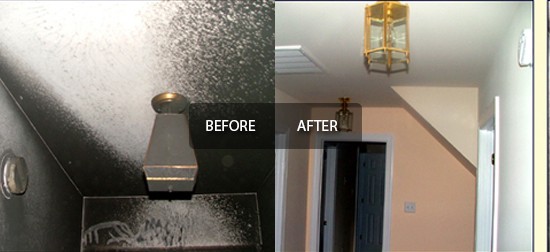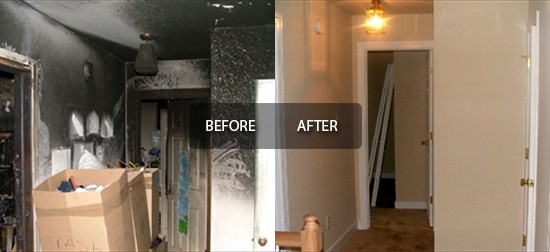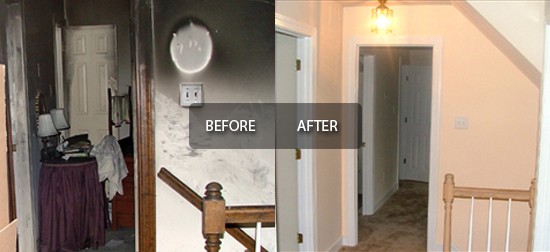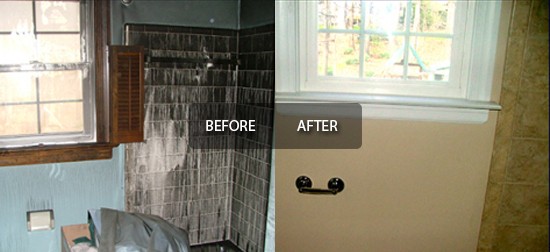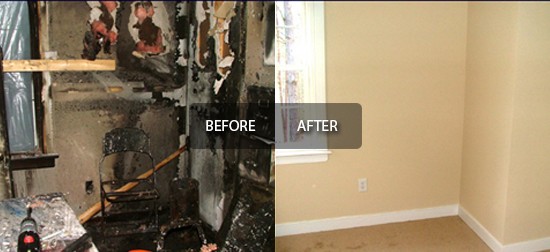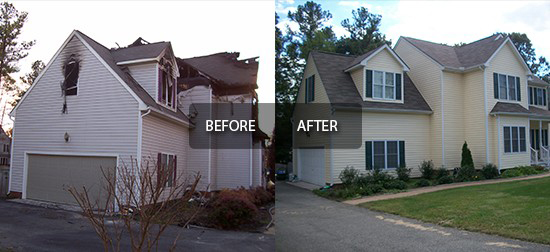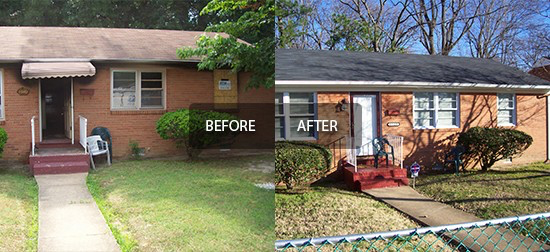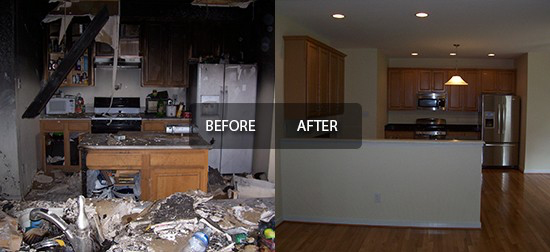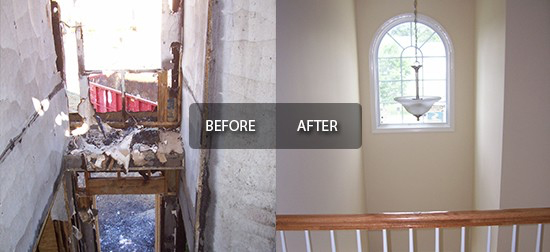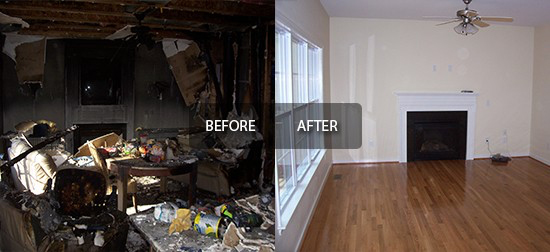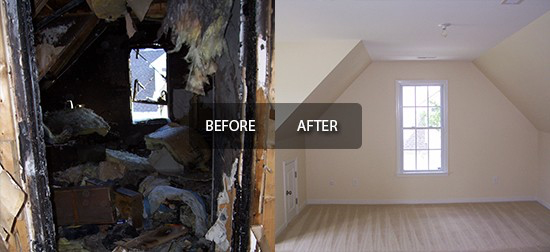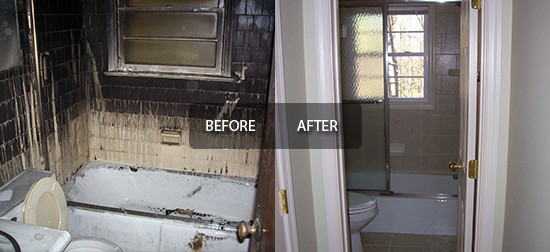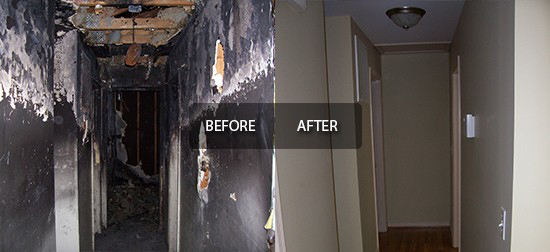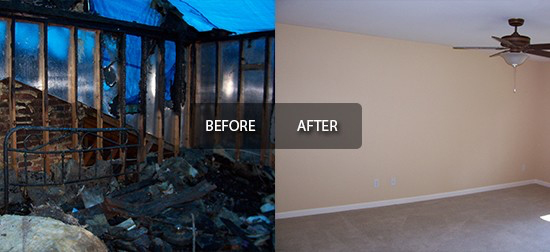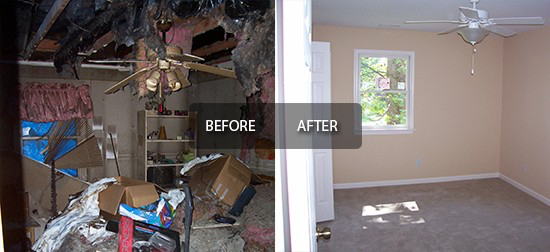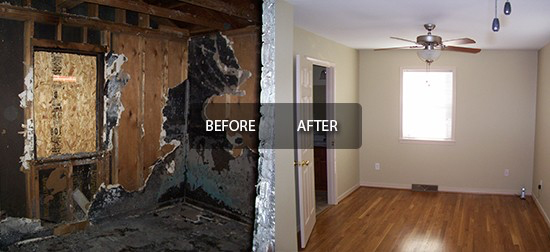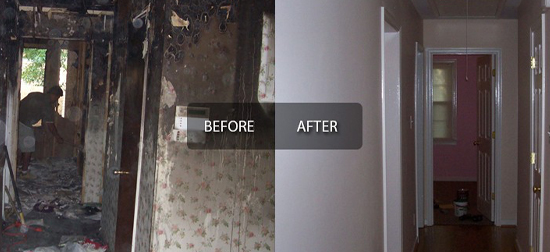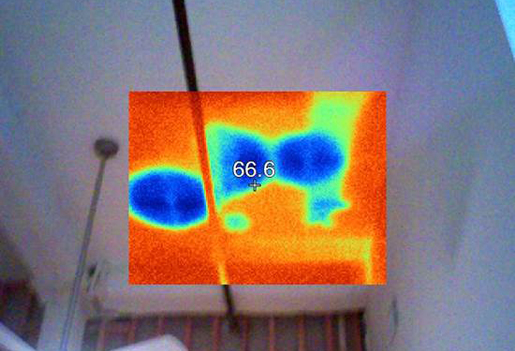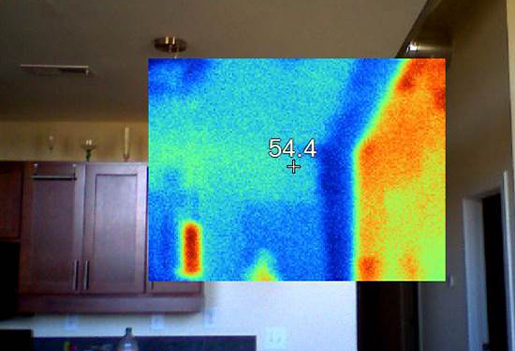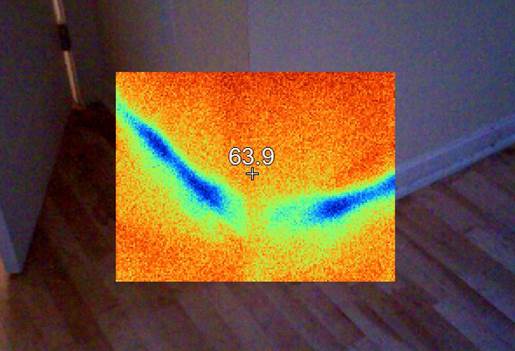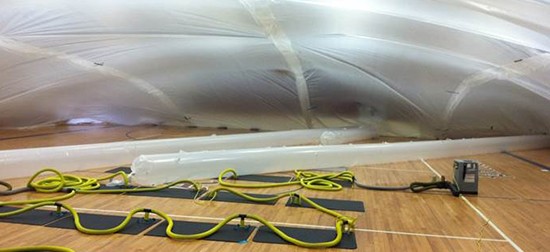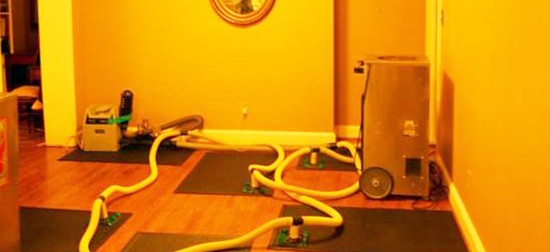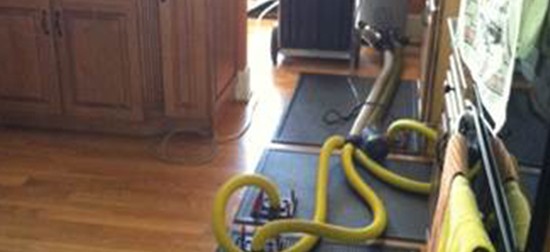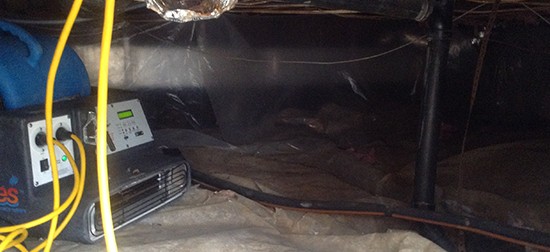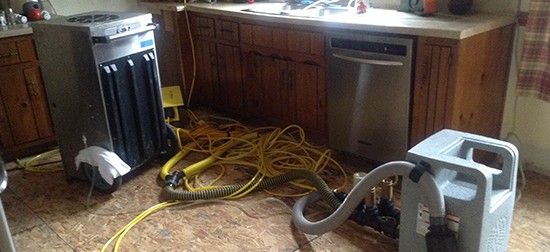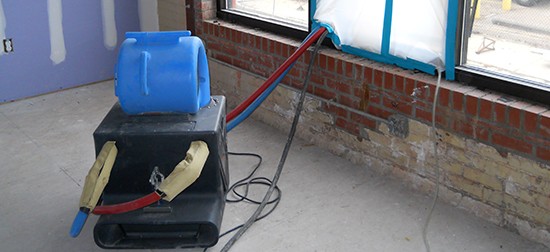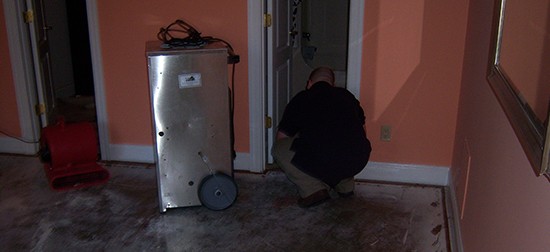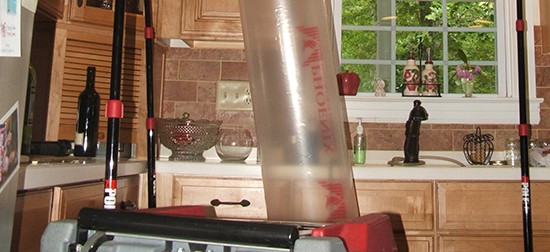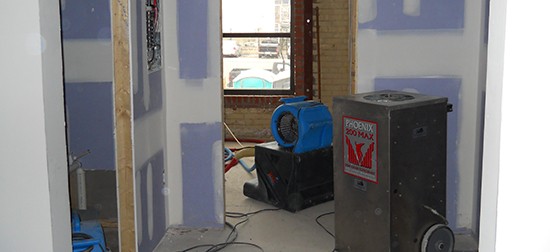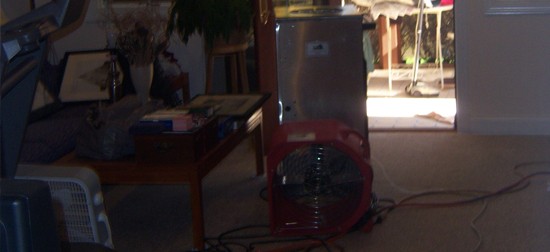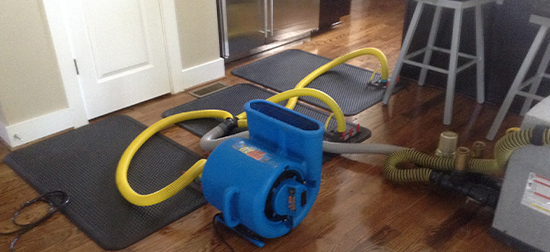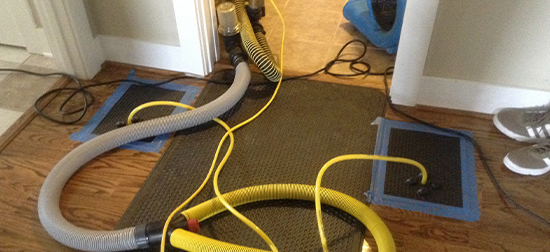If you have carpet in your home, you likely know how nasty it can get in a matter of seconds. Even if you know how easy it is to dirty your carpet, you probably don’t realize just how nasty it is. In almost every home, carpets have more bacteria and germs than a toilet seat.
Not to mention, carpet is the perfect environment for mold and mildew, both of which can cause terrible water damage to your house and health issues to you and your loved ones. Knowing how to look for mold in your carpet and treating it is crucial to maintaining a happy and healthy home.
What Makes Mold So Dangerous?
Mold is a fungus and comes in many varieties. They may be black, orange, white, green, or even purple. They require moisture to grow, and they reproduce rapidly when they find the right environment. Every day, we are exposed to mold, but it is likely in low amounts to where it cannot harm us.
When exposed to a lot of mold, however, it can be highly dangerous to inhale. Most people will experience a variety of allergy-like symptoms when exposed to large amounts of mold. This includes symptoms like skin irritation, a runny nose, and itchy eyes.
Another serious side effect of mold is that it can trigger asthma whenever it is inhaled. During the first few exposures, the sufferer might not notice any symptoms, but the mold will slowly exacerbate their asthma.
Of the mold types, black mold is the most dangerous. It can lead to several respiratory issues or poisoning when ingested or inhaled. Chronic coughing, fatigue, a never-ending headache, and nasal congestion are often early black mold signs.
Signs Mold May Be Hiding In Your Carpet
What makes treating mold in your carpet so tricky is that you might not notice it until it has spread all throughout the home. Mold can spread within 24 hours. By the time you see it, it is likely too late. Knowing the obvious signs are essential for treating mold-riddled carpet.
A Musty Smell
The smell of your carpet is one of the first signs that you have mold growth. If the carpet smells musty in any way, it’s almost always molding. If you think your carpet smells musty or funny, you should hire a restoration professional to come in and test for mold.
Dampness
Another sign of mold is that your carpet feels damp. Of course, you’re going to accidentally spill water on the floor or track in a little bit of rainwater, but your carpet shouldn’t remain damp for a long time. Damp carpets are often a sign of moisture underneath it. This causes mold to build up within the carpet.
Discoloration
The last major sign of mold growth is discolored patches. Whenever mold grows uncontrollably, it can add black, white, or green patches on certain parts of the floor. If you see oddly colored patches on your carpet, you need to address the issue immediately because it is likely a sign of a significant infestation.
How To Remove Mold From Your Carpet
So long as the mold hasn’t reached the carpet’s backing, you should be able to treat it rather quickly. Here is how to remove mold from your carpet:
What You’ll Need
- Cleaning solution
- Scrubber
- Gloves
- Mask
- Drying tools
For the cleaning solution, there are a variety of options to choose from. For an affordable route, you can use vinegar, hydrogen peroxide, baking soda, or bleach. You may also use premade carpet mildew remover or mold cleaner.
Clean
After you collect your needed supplies, it’s time to clean the mold. Using a premade carpet cleaner will be the easiest because it gives you straightforward directions. If you go with this route, follow the instructions on the packaging.
You can also make your own cleaner. There are many options to choose from. You can look online for a variety of recipes. Most will include one of the ingredients mentioned above and water. You’ll need to put the mixture in a spray bottle and spray it over the moldy area.
Though this may depend on your method, you will likely need to scrub the carpet and rinse it out with water.
Let It Dry
Make sure you dry the carpet once you have cleaned it. If you let it sit wet, the mold will come back. Removable carpets should be taken outside to air dry. If the carpet is attached to your floor, you will want to use tools for speedy drying, like a blower, hairdryer, or moisture-absorbing rag.
When To Hire A Professional
Sometimes, the mold infestation will be too severe for you to handle on your own. If the mold is spread throughout a large area of your carpet or it has already reached the backing, you need to hire a Richmond water damage restoration team to take over for you.
Prevention Tips
After you remove the mold from your carpet, you must prevent it from coming back. The best way to do this is to take proactive preventative measures.
Keep Carpet Clean
The best prevention tip is to keep the carpet clean. Make sure to vacuum twice a week and hire a professional cleaner once a year. Whenever liquids are spilled on the carpet, clean them up. Water clean up is the first step to preventing mold from growing after an accident.
Lower The Humidity
Mold loves moisture and warmth. Make sure that the humidity within your home is between 60% and 65%. Invest in dehumidifiers if you live in a humid area. Similarly, make sure to ventilate your home when possible.
Inspect The Carpet
Finally, make sure to inspect your carpet. Just by being aware of the signs of mold and looking for them, you will notice whenever there is a problem. Also, inspect areas of the home that may cause water damage, such as the basement or pipes.
Conclusion
Mold is serious business, and you shouldn’t let it take over your home. Make sure to clean the carpets right away as soon as you suspect mold or hire someone else to do it for you. If you ignore the problem, you could be putting your family at risk.
If you need help removing mold from your carpet or home, contact VRS.



